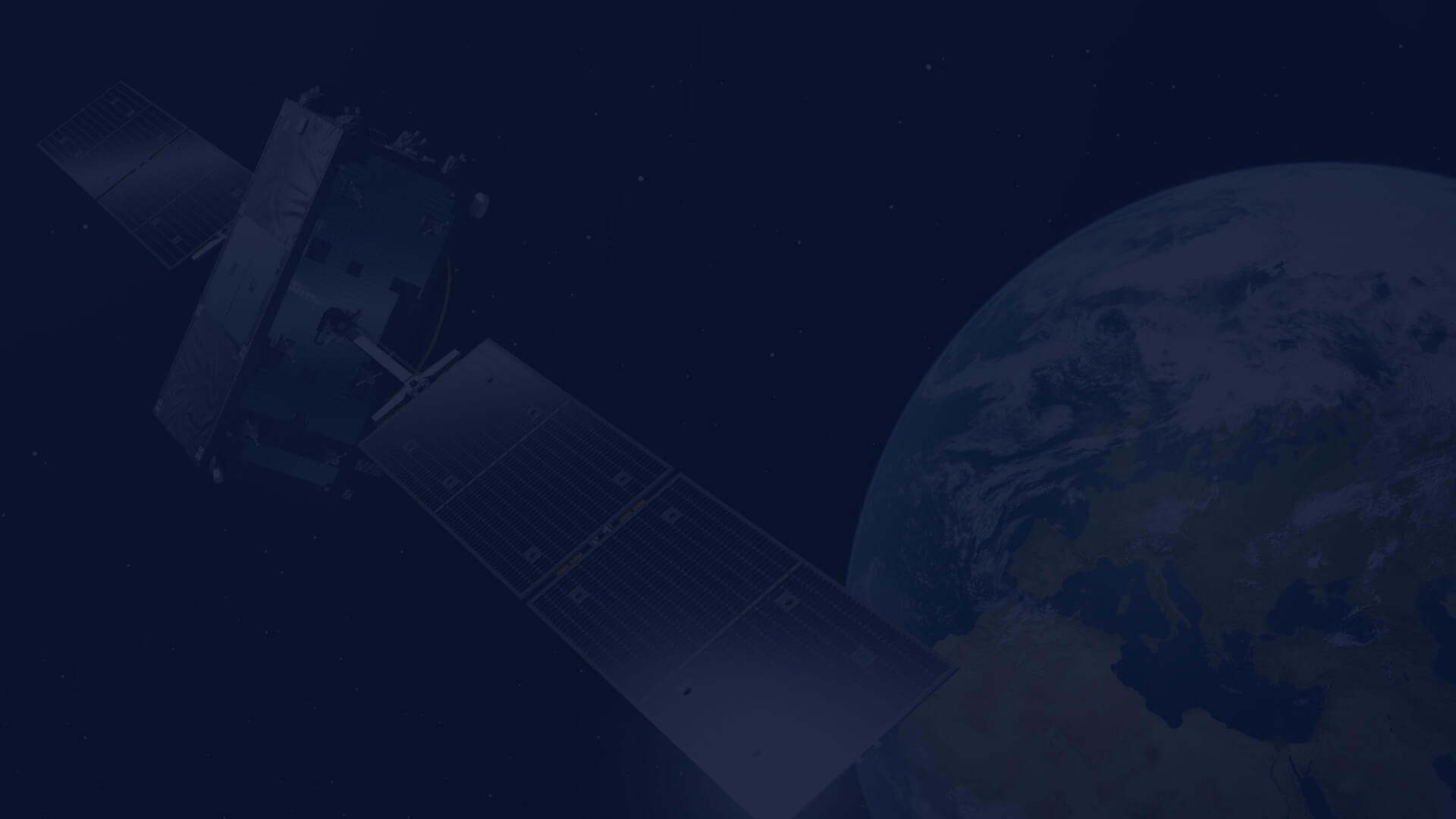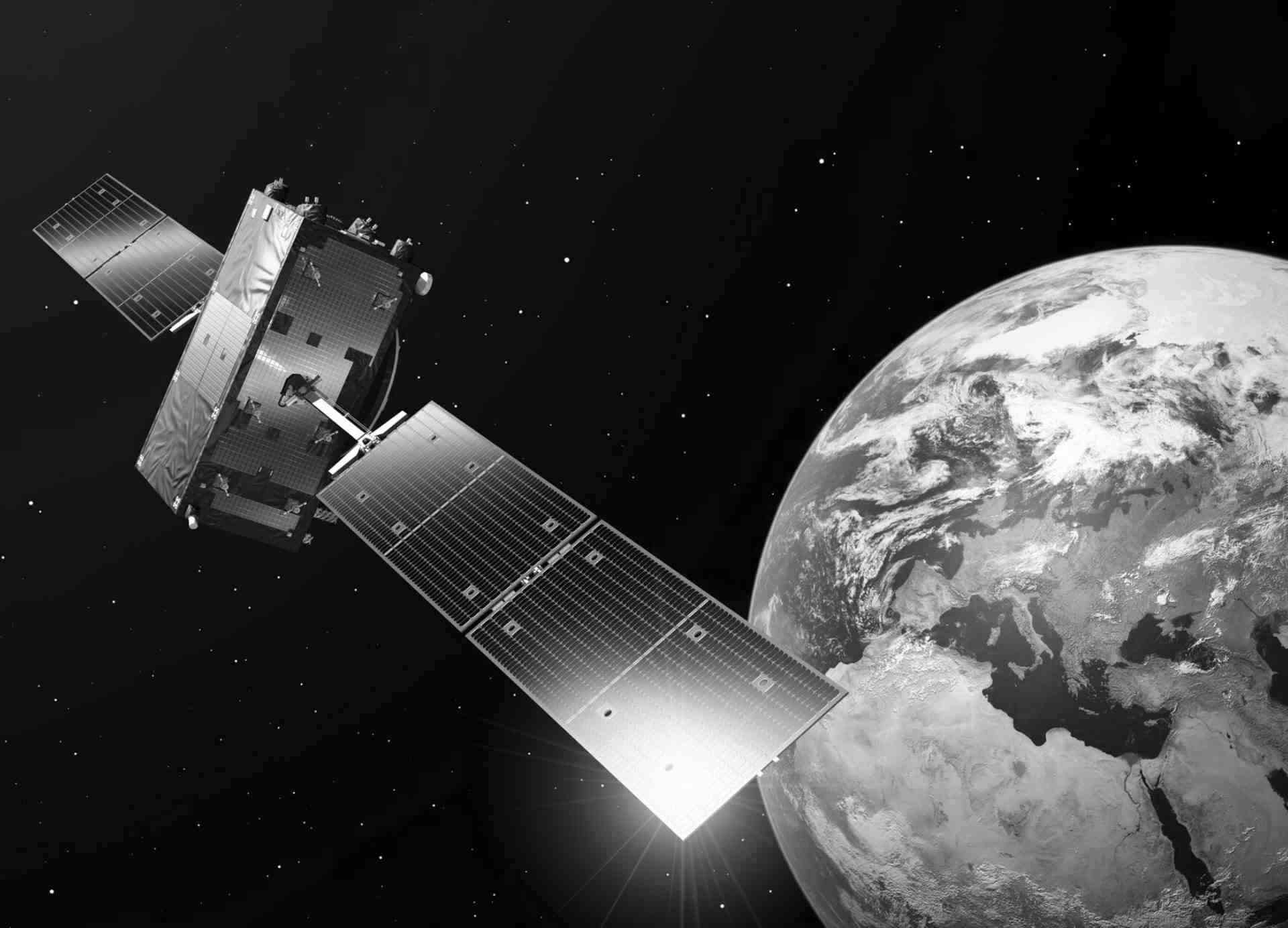Security Applications with Satellite Data
SECURITY APPLICATIONS ON CREODIAS
Nowadays, remotely acquired imagery plays an important role in building and assuring peace. The majority of techniques and products have a wide range of applications which can be used in assuring global security. Copernicus Security Service aims at enhancing crisis prevention, preparedness and response in three key areas: maritime surveillance, border surveillance and support to EU external action. A wide range of CREODIAS resources can also be applied in the security domain. Feeling safe and secure is a basic human need, thus there is a great need in creating and discovering new applications in this field using satellite data.
Researches and analysis in the security domain can be executed on CREODIAS remotely, from any place on Earth and in any scale suitable to the subject. Even near real time investigations are possible, nevertheless time range of applications may be extended with archival data. The most popular Copernicus satellite sources of information are radar Sentinel-1 and optical Sentinel-2 thanks to an easy access to them. Landsat or other Very High Resolution data is meaningful too.
SECURITY FROM SATELLITES
Safety relates to natural unintended issues, while security refers to intended dangers. Earth Observation systems have positive input to both of these aspects of human life. The application of satellite data in supporting natural risks like floods, fires or storms is a common knowledge. Nevertheless, they are also very helpful in securing human activities like political disputes, influence zones or the permanent transformation of the environment for economic purposes. It is easier to prevent, control and mitigate negative effects of these aspects with the support of Earth Observation data. The CREODIAS resources can be used in that field supporting individual needs with an open access to a wide range of data with additional power to proceed, no matter what needs or risks are in place.
COPERNICUS SECURITY SERVICE
The European Commission established Copernicus Security Service as part of the Copernicus initiative. It is focused on promoting advantages of Earth Observation data and tools for civil protection. The three key areas of interest are:
- border surveillance
- maritime surveillance
- external emergency management
The Copernicus Security Service aims at supporting and supplementing countries in the national, regional and local efforts to protect people and property. This initiative’s role is to take on the security challenges of the European Union Policy, including readiness, prevention and response activities.
ENVIRONMENTAL SECURITY
The environment is a system of interconnected vessels, any activities in one place have influence on the surrounding neighbourhood. There are no country borders for weather, thus air pollution and climate changes are common. Meteorological satellites like Sentinel-5 are used for assuring general safety beyond political or economic divisions.
THE COPERNICUS MARITIME SURVEILLANCE (CMS) SERVICE
The European maritime safety is crucial, so the development of The Copernicus Maritime Surveillance (CMS) Service is well justified. What it gains from satellite techniques is a huge coverage, a repetition and insights to remote and vast oceans. The data from Sentinel-3 SLSTR, OLCI as well as SLAR, can be used for mapping the most convenient routes for ships, especially in the arctic areas. Nowadays a tragedy similar to the sinking of Titanic would never happen. Ice mountains are easily detected, as well as other marine events that pose a threat to sea vessels.
Higher resolution data like Sentinel-1 is used for ship tracking. The radar technique allows to detect and localize illegal vessels, also those carrying drug or smugglers. Microwave data is also applied in managing and helping with managing the effects of accidents such as an oil spill. Very high-resolution data supports those activities, giving an overview and reference information for the general safety of navigation, law enforcement and marine pollution.

EXTERNAL EMERGENCY
The Copernicus Security Service also aims at supporting external EU regions. The objectives are to support crisis prevention, safety of migration and widely understood humanitarian aid. For example, the satellite monitoring is very useful in the management of refugee camps. Earth Observation data helps find best locations and natural resources available in the region, as well as facility planning.

FAO SUSTAINABLE DEVELOPMENT GOALS
Satellite data plays an important role in achieving Food and Agriculture Organization (FAO) Sustainable Development Goals (SDGs). Those are 17 global objectives to achieve in 2030. Vegetation indices calculated from optical data like Landsat, Sentinel-2 or in smaller scale Sentinel-3 can be used to predict yield, crop conditions, diseases and drought - helping assure food security, and thus protect against famine, which is essential especially in developing countries.
WIDE RANGE OF REMOTE SENSING SECURITY APPLICATIONS
Earth Observation data is particularly helpful with assuring security in remote places, hardly available huge areas, challenging to be penetrated by humans, e.g. mountains, deserts or swamps. Individual penetrations and investigations with boats or helicopters are very expensive and time-consuming. With satellite data, it is much easier, quicker and cheaper. For an example, a radar interferometry technique (Sentinel-1) helps monitor land deformation and displacement, which are important in terms of spatial planning, landslides prevention, mining area monitoring, securing buildings, monuments, cultural heritage and huge construction safeguarding. With this knowledge, policy makers can take smarter decisions in the areas of the security of citizens and country development.
SPACE FOR YOUR SECURITY
One of the purposes of satellite systems is to improve civil security. However, there are also many other areas of security where satellite data can help, such as:
- environment
- food
- energy
- epidemiology
- health
- transportation
With Earth Observation data we can have access to real and objective tools and methods of supporting people’s security. This is easier to achieve with the help of satellite systems thanks to their wide coverage, objectivity and availability. Moreover, the CREODIAS platform offers added value of more convenient place for processing any volume or type of data as well as the high quality of its services as CloudFerro, the platform’s operator, is ISO 9001 and ISO 27001 certified, which assures the highest standard for Client data security.

